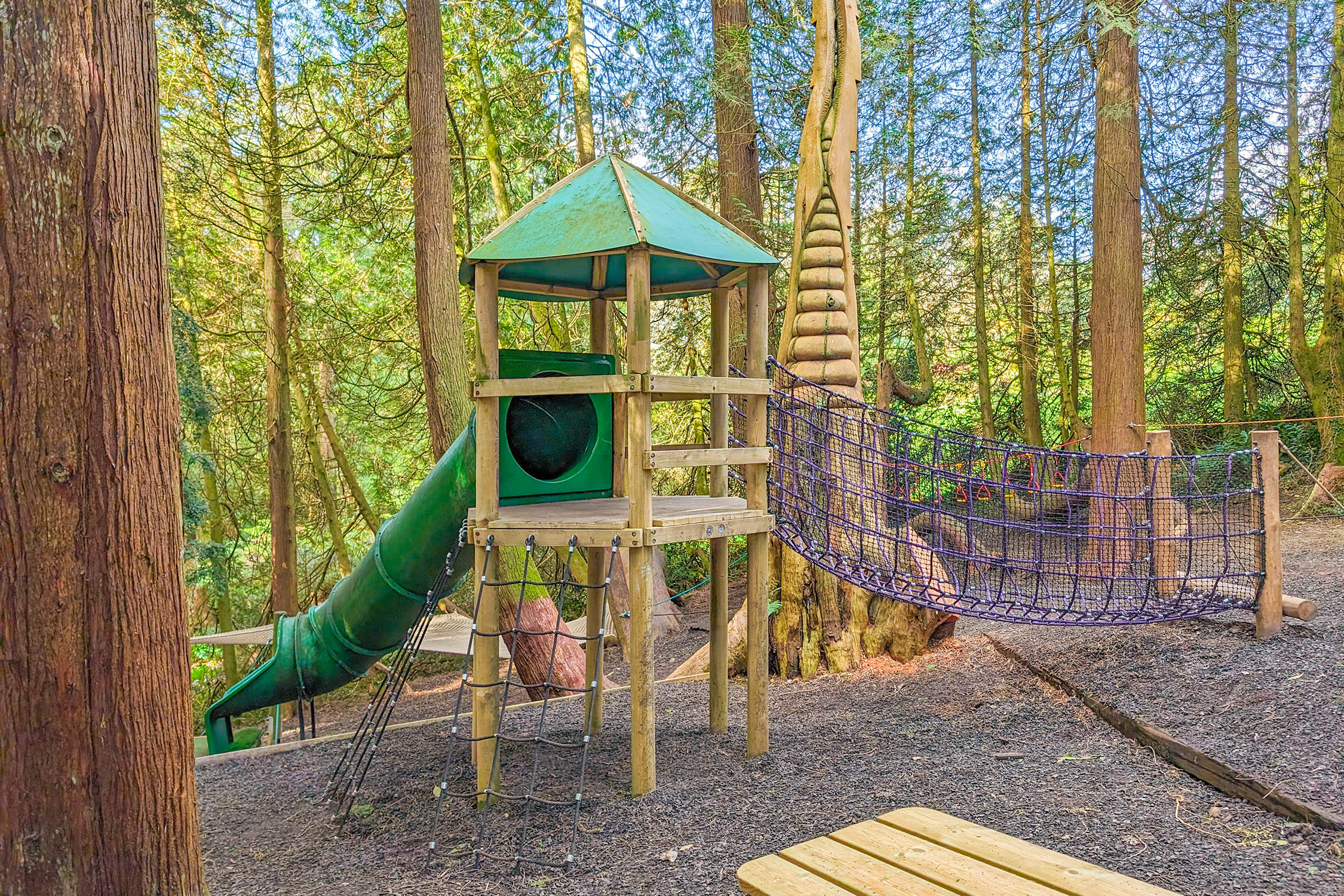Britain's wild flowers are in trouble; wild native species are being lost at a rate of up to nearly one species per county and the rate of loss is accelerating.
Wild flowers are so much more than a charming addition to the scenery â growing wild flowers supports the dwindling population of native pollinators and we cannot ignore the news that the diminishing bee populations may have a dire effect on our food supply.
Wild flowers are great in gardens - low maintenance, frost and drought hardy, let alone being supportive to our native wildlife.
At Trebah I have counted over 30 different species; in early spring swathes of Allium ursinum (Ramsons) cover the banks, succeeded by the wonderful combination of Hyacinthoides non-scripta (English Bluebells) and Silene dioica (Red Campion). We wait until late July, once the flowering has finished and the plants begin to brown and die off, before the denoted areas are strimmed. It is always worth checking that the seeds are darkening in colour as this indicates they are ripe.
If you have a wild flower area in your own garden, leave the hay on top of the ground for a day or so to dry out and to allow the seeds to drop back into the sward.


